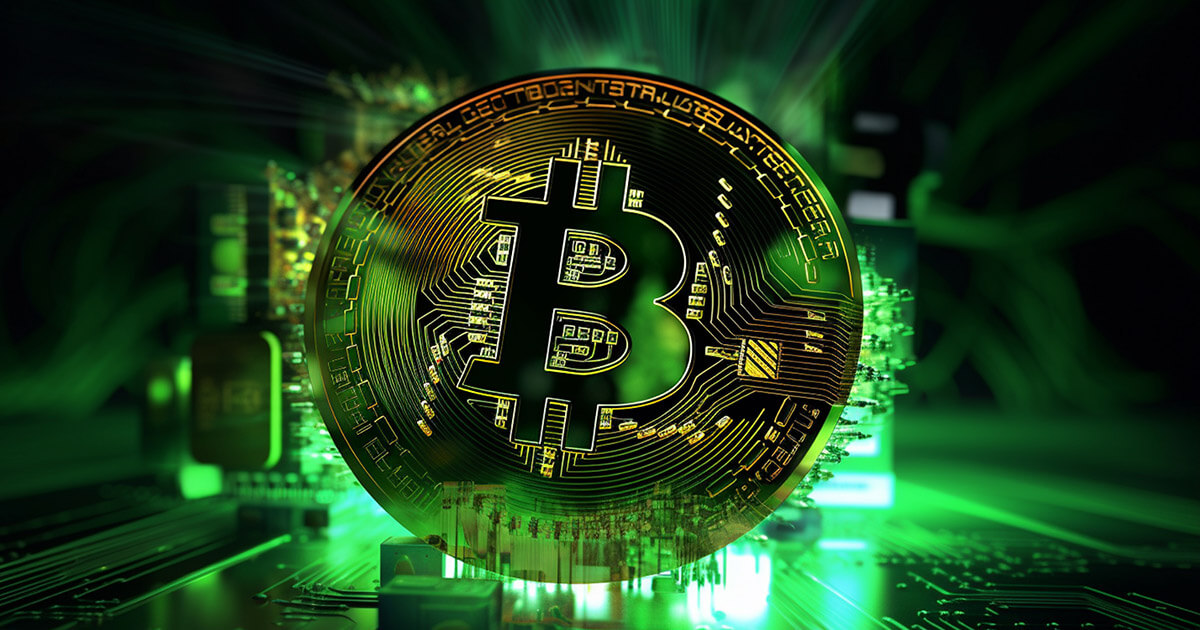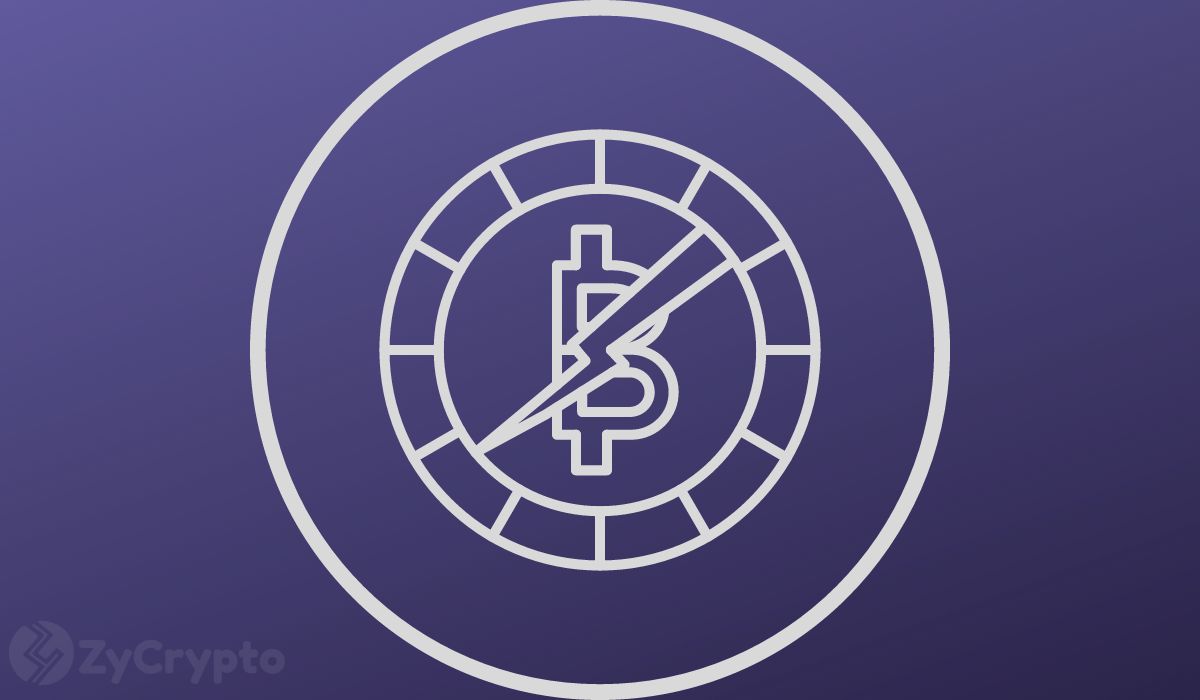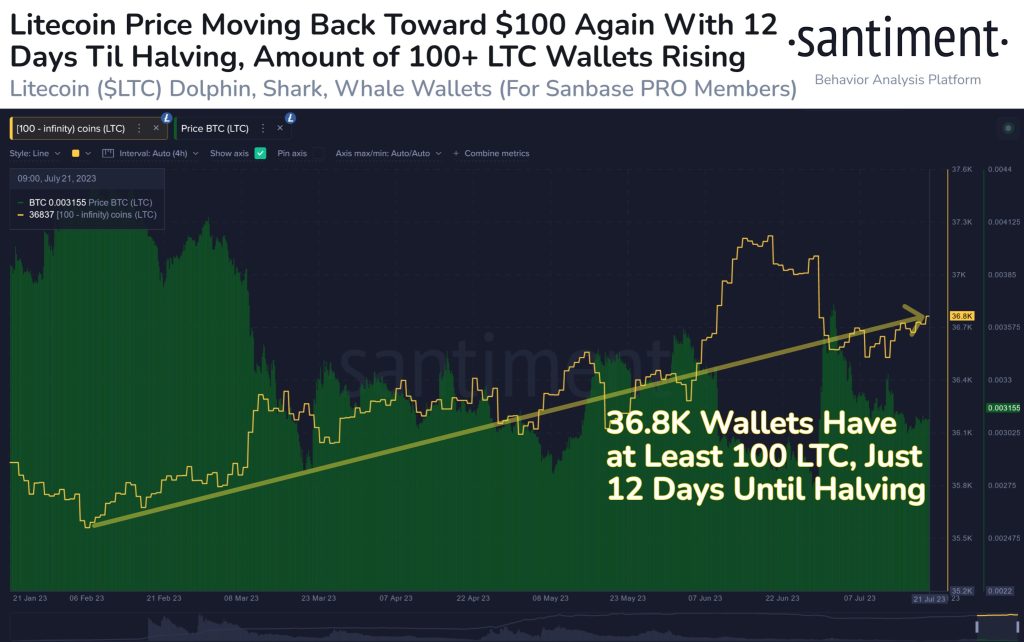2024-3-29 18:06 |
Things to know:
– The Bitcoin Halving is a critical event in the Bitcoin lifecycle that underpins the protocol’s decentralization and security.
– This 2024 halving cycle strongly differs from the previous ones in terms of demand/supply dynamics and miners’ financial situation.
– Unlike previous halving cycles, many miners are unlikely to shut down their operations or liquidate their Bitcoin holdings to sustain their profitability thanks to sustained Bitcoin demand.
– What will happen after all Bitcoins are mined, an event set to occur in 2140? A worst-case scenario is a decline in hashrate that would compromise the network’s security. But a powerful alternative exists: a model built on transaction fees.
The Bitcoin halving is the most anticipated event in the Bitcoin space. Each Bitcoin halving in the past triggered more demand for Bitcoin, changed crypto miners’ financial situation, and increased the price of the world’s first crypto token.
As a new Bitcoin Halving is approaching, we must explore this event’s inner workings and future dynamics.
What Bitcoin Mining really isLet’s be clear: Bitcoin mining remains a widely misunderstood concept. While often perceived as miners solving complex mathematical puzzles to unlock new blocks, the reality is much more complex.
During the mining process, miners collect a list of transactions signed by users, validate their legitimacy, assemble a block with these transactions, and then add it to the chain. To successfully do so, miners must demonstrate that they have completed a specific amount of computational work. This process involves finding an input for a hash function so that the resulting outputs exhibit a particular property, such as several leading ‘0’ in the output. The hash function is such that there’s no (known) more efficient way to find such an input but to try many inputs. The more inputs miners test, the more chances they have to find a suitable one. As soon as miners find such input, they publish the block and get rewarded by the Bitcoin protocol. This search can be done on any computer. However, miners need hardware computing many hash functions and consuming minimal energy to maximize the chances of mining a block.
Exploring Bitcoin’s Monetary RulesOne of the major strengths of the Bitcoin network is its mathematically-based, decentralized monetary policy. In the mining process I’ve just explained, a new Bitcoin block is produced every ten minutes, and a Bitcoin reward is then given to the miners who found the block. When the hashrate increases, blocks are mined faster. In order to maintain the frequency, the difficulty of mining a block is adjusted every 2016 blocks. Every single bitcoin in circulation has already been mined and transferred between addresses over time. In mathematical terms, Bitcoin’s monetary policy can be understood with this formula:
This formula means miners collect rewards over 32 regular periods, each lasting 210,000 blocks. These rewards started at 50 blocks at the inception of Bitcoin and are then periodically halved every four years, which is precisely why the impact of halvings diminishes exponentially over time. Half of the entire Bitcoin supply (10.5 million Bitcoin blocks) was issued in the first cycle. 5.25 million Bitcoin blocks were issued in the next cycle. 1.3 million Bitcoin blocks have been produced in the current cycle. The rate of Bitcoin supply keeps diminishing, reducing the impact of the halving event. Such are the rules of the Bitcoin game!
How do Bitcoin miners become profitable?In order to grasp miners’ financial situation, let’s explore their operations. First, Bitcoin miners face initial fixed costs (CAPEX) that consist of buying the materials and specialized hardware, called ASIC miners, whose pricing depends on their specific generation. New mining machines can compute more hashes per energy unit and, depending on the demand, a clear function of the Bitcoin price. The graph below shows the cost of the Antminer S9 miner, which S17 and S19 replaced. It’s interesting to see that the Bitcoin price variation influences the price in USD of the machine:
On top of these fixed costs (CAPEX), miners have significant variable costs (OPEX), which is the cost of operating the machines. This is the most important cost for miners because the price of electricity drives it. Bitcoin mining only requires an internet connection, so it can be installed anywhere worldwide. Bitcoin mining facilities are most often installed in locations where the price of electricity is lower. Regarding revenue, miners are rewarded by the protocols when they find a valid block. Miners engage in pools to smooth their revenues, where block rewards are distributed among participants based on their proportional contribution to the total hashrate.
From here, it gets easier to understand Bitcoin miners’ business model, which consists in a delicate balance between the cost of hardware, the price of electricity, and, of course, Bitcoin rewards. For instance, last-generation ASIC hardware like the Bitmain S19 can compute at a rate of 110TH/s (110×10^12 H/s) while consuming 3.250 kW of power. The network offers a total reward of 6.25 BTC every ten minutes pre-halving, equating to 900 BTC daily. This reward is divided among participants in mining pools according to their respective hashrates. The total hashrate is approximately 600EH/s (600*10^18 H/s). In other words, pre-halving, one S19 produces 0.165 million BTC per day for a power consumption of 78kWh. So, if miners pay 1kWh at $0.07, the profitability point is ~$32.000 per BTC. That also means that post-halving, the profitability point for miners is ~$64.000 at this given electricity price.
Halving 2024: Have miners won their bet?It is important to note that the demand/supply dynamics, and the financial situation of miners, strongly differs in this halving cycle. When the past Bitcoin halvings happened, demand for Bitcoin was much lower than today’s. In the previous halving events, miners had to unplug some of their machines because the cost of electricity became higher than the rewards they got from the protocol, which created a hashrate drop, while the halving triggered a supply shock and an increase in the price of Bitcoin, although this increase could take a couple of months due to a notion of stock (Bitcoin miners spare some of their Bitcoin they can to sell them later at a potentially higher price). Later, Bitcoin miners became profitable again and could invest more in Bitcoin mining utilities, increasing the hashrate again.
Interestingly, the demand/supply dynamics, as well as the overall financial situation of miners, are very different as the 2024 Halving cycle approaches. The SEC’s Bitcoin Spot ETF approval added substantial demand for Bitcoin, driving the price to an all-time high In March 2024. The average daily demand for BTC from ETFs has hovered around 2500 Bitcoin, while 900 BTC are mined daily. On top of that, Bitmain released its new generation of Bitcoin mining products (The S21), which are almost twice as efficient as the previous version. Consequently, as the 2024 halving approaches, we’re witnessing a significant increase in the hashrate and a significant decrease in the rewards for miners. Thanks to this unprecedented level of demand, and if the price of Bitcoin remains at least over $64K, miners won’t have to unplug their machines and sell their Bitcoin savings to survive post-halving. In other words, miners are about to win their bet!
After 21 Million — the future of BitcoinA question that underpins the future of Bitcoin is the following: as halvings keep unfolding every four years, what will happen when miners don’t get Bitcoin rewards anymore, an event anticipated by 2140, when all 21 Million Bitcoin blocks will be issued? Unless the price of Bitcoin or its mining efficiency continues to double every four years, a scenario could unfold where the hashrate declines, compromising the network’s security as miners wouldn’t have incentives to secure the network anymore.
Is this scenario a fatality? Not really. An alternative mechanism that would incentivize miners exists, and it is built around transaction fees. In this system, users could attach a fee to their transactions for inclusion in the next block, prompting miners to prioritize transactions with higher fees and effectively creating a block space auction. Interestingly, when writing the Bitcoin whitepaper, Satoshi Nakamoto envisioned that transaction fees would offset miners’ rewards over time as the chain’s usage increased, something already partially realized. However, it remains important to highlight that transaction fees still constitute a small fraction of miners’ revenue, as this graph shows:
On the other hand, this dynamic based on transaction fees could ultimately lead to expensive transactions and exacerbate Bitcoin’s scalability issues. This situation highlights the critical importance of implementing scalable Layer-2 solutions over the Bitcoin protocol. A few projects are trying to accomplish this, but the Bitcoin protocol limitations make the task very hard. Unlike Ethereum, Bitcoin isn’t Turing complete, which means it cannot compute generic programs. In settling a layer-2 on a base chain, one must verify the validity of the state of Layer-2 on Layer-1, or be able to roll back an invalid Layer-2 state. Due to the limitations of executing Bitcoin Layer-1, settling Layer-2 on Bitcoin is not straightforward, and a potential upgrade of Bitcoin protocol could be necessary.
Reading those lines, you might wonder: what’s the future of Bitcoin Layer-2s? Will they be able to overcome these challenges? I’ll cover this major topic in my next publication.
origin »Halving Coin (HALV) íà Currencies.ru
|
|









